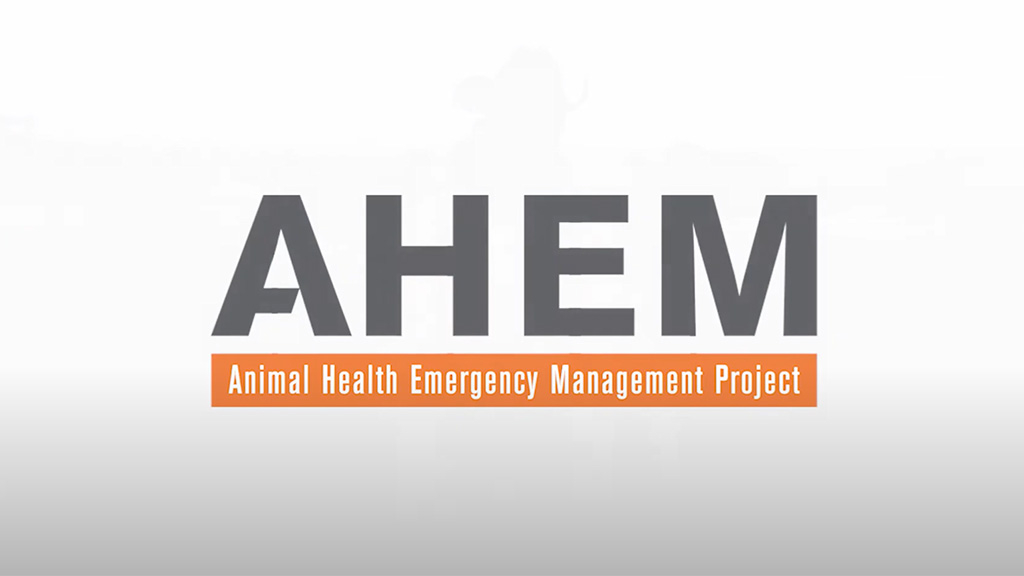
With recent news of British Columbia flooding and Alberta wildfires, the Canadian Animal Health Surveillance System is reminding members of helpful resources available through the Animal Health Emergency Management (AHEM) project.
Wildfires
Wildfires can spread across forests, grasslands and fields at an astonishing rate. Farms near wildlands/grasslands or owners that have livestock near these natural areas should be prepared for wildfires and know the steps to minimize risks and losses.
Preparation
There are several proactive measures that can be completed in advance to prepare producers for a wildfire emergency including:
- Having contact information for prearranged off-farm evacuation sites (lairage points) handy
- Reviewing wildfire history in area
- Identifying and maintaining equipment that may help fight an approaching grassfire or wildfire (e.g., disk, harrow, tractor, water truck)
- Reducing vegetation and wood debris within 10 to 30 meters of farm structures by thinning and pruning
- Creating firebreaks by clearing vegetation and exposing bare soil to help curb the movement of wildfire
- Mapping the location of fire extinguishers, these should be in all barns, shops, and structures that have the potential to catch fire. Fire extinguishers should be easy to find within the structures, and all staff and family members should know where they are located and how to use them
- Predetermining the location evacuation sites and routes that may be used for animal movement and have a map of the identified areas readily available for all staff, family and first responders
- Storing hay, straw, beddings/shaving outside the barn in a dry, covered area, if possible
- Having water and feed readily available or at the pre-arranged lairage site(s) to ensure that all affected livestock have sufficient feed and water
- Creating a detailed inventory of livestock and developing list of emergency contacts prior to any wildfire event
- If in a wildfire susceptible area, procuring and installing some type of irrigation/ sprinkler system to help suppress fire
- Preparing an evacuation kit that includes but is not limited to:
- Supply of feed, supplements, and water for seven to 10 days
- Blankets, halters, leads, water buckets, feed buckets
- Copies of vaccination records, medical records, and proof of ownership
- Tools
- Cash and credit card
Response
In the lead upto and during a wildfire emergency, producers will try to protect their farms and prevent losses. As you respond to the threat of wildfire consider the following:
- Evacuating employees/visitors to an agreed safe meeting place as required
- Notifying the fire authority immediately
- Assessing the fire and only attempting to contain or extinguish a small fire if it can be done safely
Click here for an updated livestock evacuation documentation form.
For more resources on structure fires and wildfires, click here.
Flooding
Preparation
There are activities that can be completed prior to a flood that will better prepare producers in the event of an emergency including:
- Reviewing local or provincial floodplain map and assessing flooding potential
- Identifying locations where livestock can be moved, on-site and/or off-site, including evacuation route
- Mapping out safe locations and routes
- Identifying livestock haulers that could assist in livestock movement on short notice, if applicable
- Identifying higher ground for equipment relocation (e.g., motors, tractors, tools, etc.), pesticides, fertilizer, or other chemicals
- Identifying electrical power switches/breaker to shut off power to areas where flooding is imminent
- Locating feed, bedding material, medications, etc., in areas unlikely to be flooded
- Considering methods of moving feed and water to low flood risk locations
- Checking that backup generators are in working order and extra fuel is available in the event of a power outage
- Test sump pumps regularly and install a back-up system (for example, battery back-up or generator)
Response
The necessary approach during a flood will depend on various factors including river or stream levels, winter snow load, ground conditions, and current and forecasted precipitation.
It is important to stay informed of situation developments and relocation instructions as they are communicated through online channels, television, radio, and social media. Always follow evacuation orders and ensure human safety first.
Actions to consider if an evacuation order is issued and time permits movement of animals:
- Arrange trucks, trailers, drivers, and handlers to move animals if necessary
- Use pre-arranged route to move livestock to a location where they will be safe from the flood (high ground) whether that be on-farm or off-farm
- Turn off electricity to barns and other structures to prevent fires or electrocutions
- Ensure animals have access to food, clean water, and ample living area
- If there is a possibility that dairy barns may become inundated, drive cattle out of the barn. During rapid rise of water, cattle often refuse to leave the barn and may drown inside if the water rises high enough. For this reason, begin evacuation measures before a state of emergency
- Opening gates and/or cutting fences will allow animals to move and avoid the flood if livestock cannot be moved to a pre-determined safe area. If animals are set free, local authorities should be notified immediately
- Block off narrow passageways where animals would be unable to turn around. A few heavy animals in a narrow dead end can be dangerous
Click here for an updated livestock evacuation documentation form.
For more resources on flooding, click here.
(Canadian Animal Health Surveillance System)

